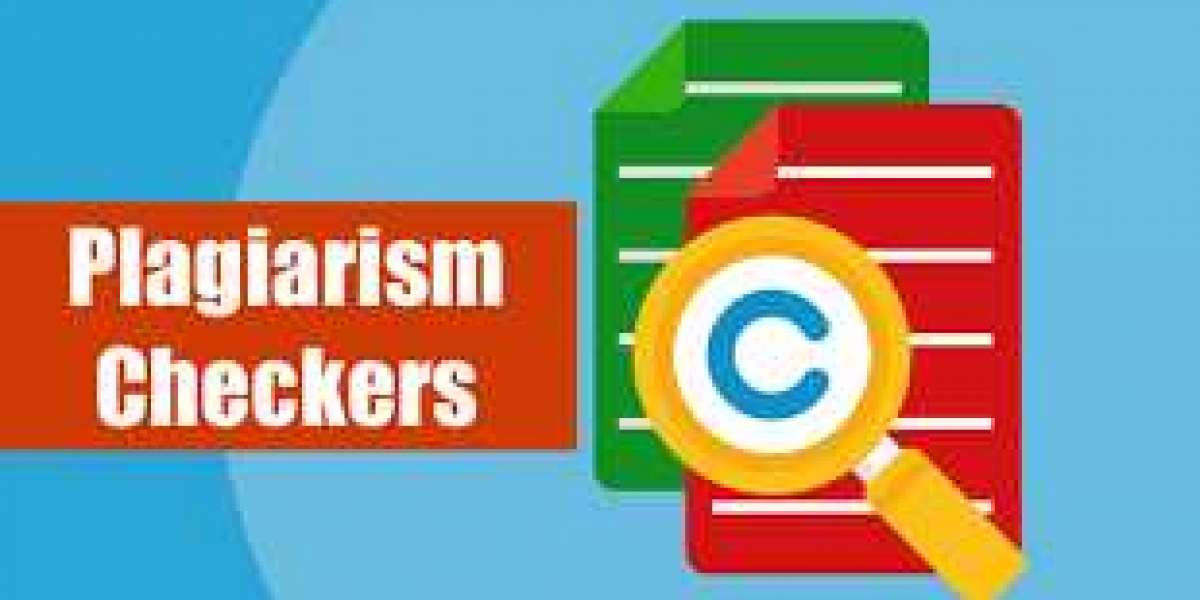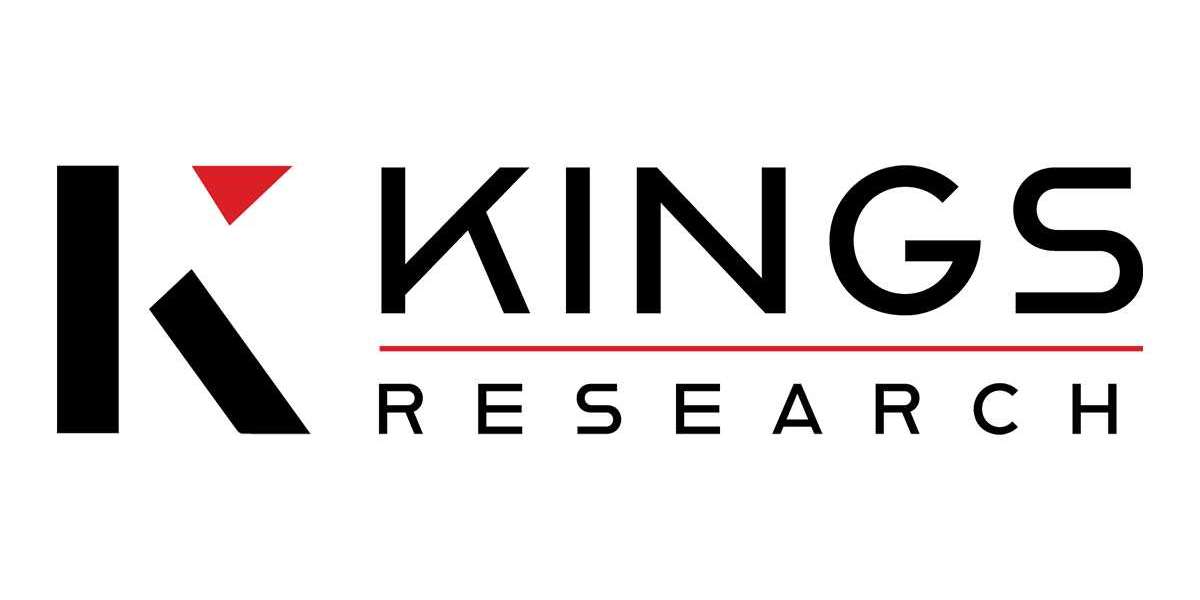Introduction
In today’s digital world, content is king. Whether you’re a student, blogger, journalist, or business professional, producing original work is critical. However, with the vast availability of information online, the risk of unintentional plagiarism has significantly increased. This is where a plagiarism checker becomes not just a helpful tool, but an essential part of maintaining content authenticity and credibility.
Understanding Plagiarism in the Digital Age
Copying someone else's work and passing it off as your own without properly citing the source is known as plagiarism. This can range from direct copying to rewording someone’s ideas and still claiming ownership. In academia, plagiarism can result in failed grades, disciplinary action, or expulsion. In professional settings, it can harm reputations, lead to lawsuits, or damage a brand's integrity.The internet has made information easily accessible. While this promotes learning and collaboration, it also increases the temptation and accidental misuse of someone else’s content. As a result, the use of a plagiarism checker has become a standard practice among writers and educators alike.
What Is a Plagiarism Checker?
A plagiarism checker is a software tool designed to detect instances of copied or closely paraphrased text in a document. These tools compare submitted content against vast databases, including web pages, research papers, journals, and other written works, to identify similarities.Most plagiarism checkers not only highlight duplicated content but also provide a percentage score of originality and links to the original sources.This allows users to make edits to their work prior to submission or online publication.
How Plagiarism Checkers Work
The functionality of a plagiarism checker is relatively straightforward. Users upload or paste their text into the tool, and the software scans it for matches across its database. The software then generates a report showing:
- Matched content with original sources.
- Percentage of plagiarized vs. original content.
- Suggestions for citations or edits.
Some advanced tools even offer grammar and readability suggestions alongside plagiarism reports, making them powerful allies for any writer aiming for quality and originality.
Benefits of Using a Plagiarism Checker
Protects Reputation
Submitting or publishing plagiarized work, even unintentionally, can tarnish your reputation.
Ensures Originality
The most obvious benefit is ensuring your content is original. Whether you're writing a research paper or a blog post, originality boosts your credibility and increases the value of your work.
Ee more article: plagiatsprüfer
Protects Reputation
Submitting or publishing plagiarized work, even unintentionally, can tarnish your reputation. A plagiarism checker acts as a safeguard, helping you maintain a clean professional or academic record.
Saves Time and Effort
Instead of manually cross-referencing sources, which can be tedious and time-consuming, a plagiarism checker offers quick results.It expedites the review procedure, freeing up more time for you to concentrate on improving your content.
Supports Academic Integrity
For educators and institutions, a plagiarism checker helps uphold academic standards. It enables instructors to verify the authenticity of student submissions and maintain fairness in grading.
Encourages Proper Citation Practices
Many plagiarism checkers offer citation suggestions, prompting users to credit original authors correctly.This aids authors and students in comprehending the value of ethical writing practices and intellectual property.
Common Users of Plagiarism Checkers
Plagiarism checkers are not limited to just students. Various professionals and content creators use them regularly:
- Teachers and Professors: To verify the authenticity of students' assignments and research.
- Students: To ensure their essays, theses, or dissertations are original.
- Writers and Journalists: To maintain credibility and avoid legal consequences.
- Bloggers and SEO Specialists:must guarantee original content in order to improve search engine rankings.
- Publishers: To maintain the originality of books, articles, and reports.
Free vs. Paid Plagiarism Checkers
There are both free and premium plagiarism checker tools available. While free tools may work for quick scans, they often have limited databases and features. Paid tools, on the other hand, offer deeper scans, grammar checks, citation support, and customer assistance.
Here are some popular tools in both categories:
- Free: Grammarly (limited), Small SEO Tools, Plagscan (basic version), DupliChecker.
- Paid: Turnitin, Copyscape Premium, Quetext Pro, Grammarly Premium.
If you're a professional writer or working in academia, investing in a reliable paid plagiarism checker can be well worth the cost.
The Importance of Ethical Writing
- Using a plagiarism detector is about adopting the values of ethical writing, not only about avoiding fines. Moral authors:
- Give due credit to the original sources.
- Maintain honesty and integrity in all their content.
A plagiarism checker reinforces these principles by acting as a final checkpoint before publishing or submitting any written material.
Tips to Avoid Plagiarism
While a plagiarism checker is an effective safety net, the best strategy is to write with integrity from the start. Here are a few tips to avoid plagiarism naturally:
- Paraphrase properly: Read and understand the source, then rewrite it in your own words.
- Cite sources: Give credit using the appropriate citation format (APA, MLA, Chicago, etc.).
- When utilizing precise words, make sure to cite the source and use quotation marks.
- Maintain a record of references: Keep a record of every source you used for your investigation.
- Use plagiarism checkers: Always scan your content before finalizing it.
Future of Plagiarism Detection
As AI technology continues to evolve, so do plagiarism checkers.Even paraphrased plagiarism can now be detected by modern methods that use machine learning and natural language processing (NLP). Some can even differentiate between intentional and unintentional copying, helping users make informed corrections.Looking ahead, we can expect plagiarism detection software to integrate seamlessly with writing tools, learning platforms, and content management systems, making originality checks a default part of the writing process.
Conclusion
In a world where content is constantly created, shared, and repurposed, maintaining originality has become both challenging and necessary. A plagiarism checker serves as a trusted companion in this journey—ensuring that your work is authentic, properly credited, and professionally polished.Whether you're a student aiming for academic excellence or a content creator striving to build credibility, using a plagiarism checker is not just about avoiding mistakes—it's about doing the right thing. Make it a regular part of your writing workflow, and you'll always be on the right side of originality and integrity.
For more and latest article : Click Here






